Part one in a series of three articles on Oregon wines. Read part two here, four wines that illustrate the style, and part three here, a wide range of pinot noir wines.
If anyone 30 years ago would have said that in Oregon makes just as good wines from pinot noir as they do in Burgundy that would have been regarded as very ignorant or insane. Today, few people turn up their noses when one says that there is a good selection of really nice pinot noir wines from Oregon.
And why do I say that? Well, after trying out a wide range of pinot noir wines at a recent Oregon-Washington event organised by California Wine Institute (!) with wines from these two states, my impression is that a state whose wine production to almost 60% pinot noir has not only quantity but also a very high quality.
The focus of the day was for me, and Oregon pinot noir. Wines from Washington State as well as other grapes, I tried very sparingly.
It should be added that Washington does not grow pinot noir to any appreciable extent. In contrast, they have more of riesling and chardonnay and cabernet sauvignon, possibly due to a more continental climate in the areas where these grapes mainly grown.
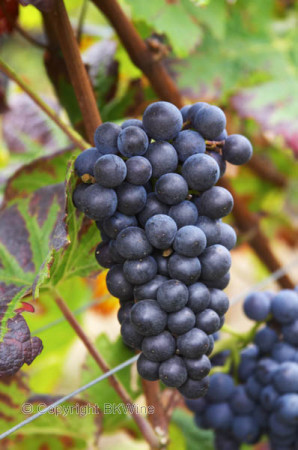
As an introduction to the tasting there was an Oregon Wine Master Class where the facts on Oregon wine were explained by Carrie Kalscheuer (Rex Hill Vineyards) subsequently illustrated with a tasting with Maria Ponzi (Ponzi Vineyards) from the producer of the same name where we tasted four wines from the state that very representative for its style; one from chardonnay, one made from pinot gris, and two wines made from pinot noir.
Oregon wine statistics started rather late, simply because wine production in any significant form did not really get going until the early 1980s!
Wine production in the state has only become significant in last 10-15 years, but still Oregon is a Lilliput on the wine map with only about 1% of US wine production.
The conditions for wine production, however, are good being located around 45 degrees north, similar to Burgundy or New Zealand’s South Island on the same latitude. Several mountain ranges reduces precipitation, a coast with cool ocean currents, and large temperature differences between day and night, all provide many variations in microclimates that in turn give opportunities for many interesting wine initiatives and style variations.
The variation is further increased by the small scale and the focus on organic farming with various certifications being common.
French influences are plentiful, but also a big influence from the competitor in the south.
Oregon manages well to combine finesse (coolness and structure) with fruity and “approachability” of the wines which are very versatile for many different occasions.
In 2000 there were 139 wine producers. In 2014 the number had grown to 676, but of these 70% produce less than 5000 cases per year, which illustrates the small scale.
The number of wine growers (as opposed to wine producers) had during the same period more than doubled from 480 to 1027.
Willamette Valley is the dominant region with 70% of the planted vineyards, which totals about 11,000 ha.
Other regions are increasing in importance, such as the Columbia Gorge, on the border of the State of Washington, which has 8% and the Rogue Valley and Umpqua Valley of Southern Oregon with about 10% each.
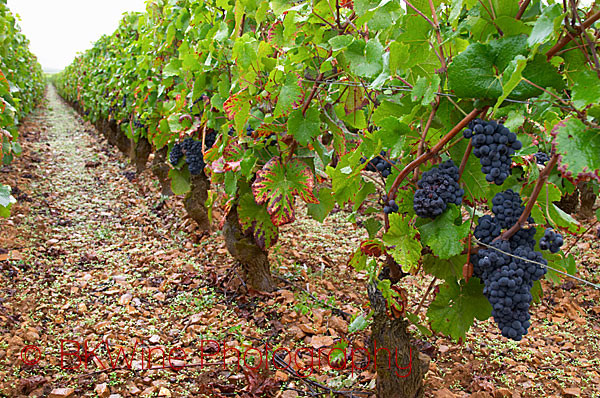
As I mentioned earlier, the main grape in Oregon is pinot noir with a nearly 60% of all vineyards. Pinot gris comes in second with nearly 20% of the plantings. In addition, there is chardonnay, riesling, pinot blanc, syrah and others to a lesser extent. In total, they grow 72 different varieties.
Willamette Valley was established as a wine region with its own AVA designation (American Viticultural Area) as late as 1984. Today, there are six sub-areas. The wine business is so new in Oregon so let’s take a look at the development of the AVAs.
The first AVA was created in 1984, and covered the entire Willamette Valley, a fairly large area, about 160 km long and 100 km wide. The same year there was the Umpqua Valley AVA in Southern Oregon.
About 20 years later, as the result of the hard work of many wine growers, Willamette Valley now distinguish six distinct areas with their own AVA status. These are:
- Chehalem Mountains,
- Yamhill-Carlton,
- Ribbon Ridge,
- Dundee Hills,
- McMinnville, and
- Eola-Amity Hills
Newberg, Salem and Eugene are important towns in the valley, from north to south.
In Southern Oregon the process went the opposite way; South Oregon did not get its AVA status until 2005 and then came to include several areas that had already had their own AVA status earlier. These areas are: Umpqua Valley with the sub-region Red Hill Douglas County Rogue Valley and Applegate Valley. Elkton Oregon was established as AVA in 2013, just like Red Hill it is located entirely within the Umpqua Valley.
While the Willamette Valley is cool in Southern Oregon it is much warmer with a Mediterranean-like climate with warm days and cool evenings. The warmer climate is also reflected in the grapes that are common in this region, such as cabernet sauvignon, cabernet franc and chardonnay. Pinot noir and pinot gris occurs here mostly in cool locations.
The soil in the main parts of Willamette Valley consists mainly of volcanic and sedimentary rocks and loess. This soil is poor which forces the roots to go deep to seek water and minerals.
Oregon’s northern location gives long summer days with plenty sun exposure to the grapes, which counter-balances the northern cooler location. However, there are some differences between the northern and southern Oregon as I described above.
Average annual temperature is medium-cool to very cool and is around the same as in Burgundy, Champagne and Alsace. Large temperature fluctuations between day and night contributes to produce good grape material and to preserve the acidity.
Oregon is overall a small producer of (quality) wines, only 1% of the US wine production comes from here. The total production in Oregon is less than that of some of the major wine producers in California, for example Gallo.
Production at the small vineyards are largely a craft, and sustainable production is common; 45% of the vineyards are certified through one of the many certification agencies, such as LIVE, and USDA Organic.
The quality aspect is underlined by that while Oregon only makes 1% of all wine itacounts for more than 20% of domestic wines rated by the Wine Spectator at more than 90 points.
Read all parts of this trilogy on wines from Oregon:
- Oregon, pinot noir wines that challenge Burgundy?
- Oregon: 4 wines that illustrate the style
- Oregon: a wide range of pinot noir wines
Carl-Erik Kanne is a long time wine enthusiast and fervent wine taster. He reports from wine tastings and wine events in Stockholm for BKWine Magazine.


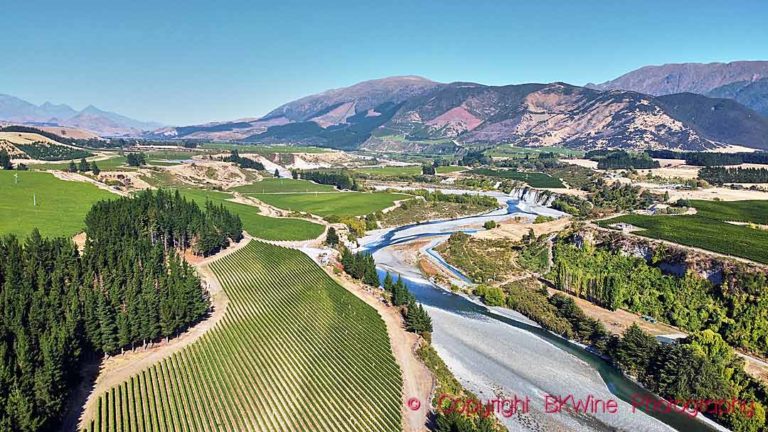
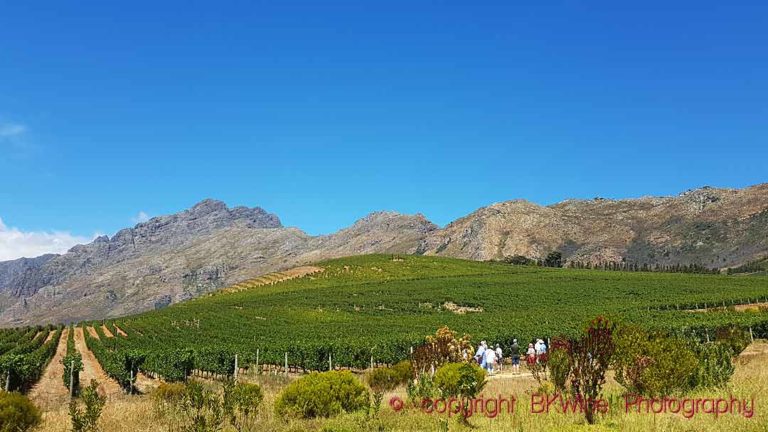
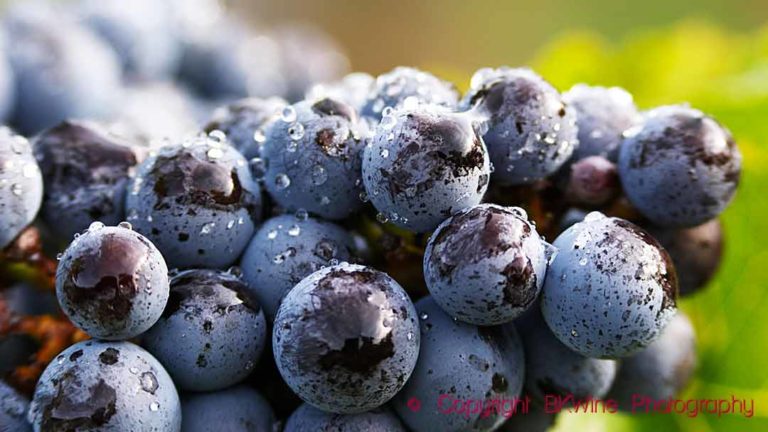





One Response